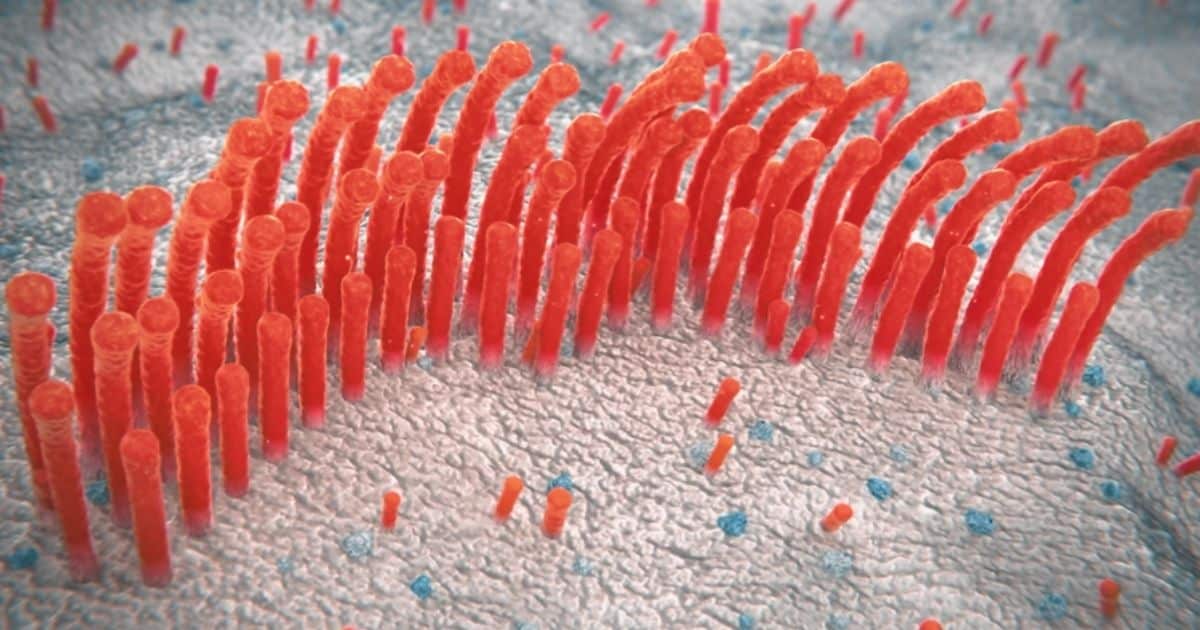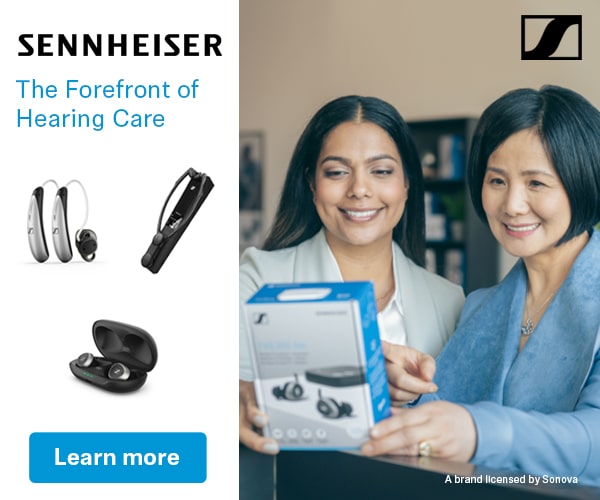CHARLOTTESVILLE, VIRGNIA — Researchers at the University of Virginia School of Medicine have uncovered the remarkable repair capabilities of the cells responsible for hearing. This newfound insight could hold promise for the development of advanced treatments and preventative measures for hearing loss.
The study, conducted at UVA Health, sheds light on the regenerative potential of delicate “hair cells” found in the inner ear, which are crucial for both hearing and balance. The findings challenge the long-held belief that once auditory hair cells are damaged or lost, they are irreparable.
Unveiling the Repair Process
Hair Cells Exhibit Repair Mechanism Despite Fragility
Hair cells, aptly named for the hair-like structures covering their surface that act as mechanical antennas for sound detection, are naturally delicate. These cells must possess both sensitivity to sound and resilience to continuous mechanical stress.
Prolonged exposure to loud noise can harm these hair cells in various ways, including damage to their core structures called stereocilia.
Protein XIRP2: The Key Player in Repairing Hair Cell Cores
The research team, led by Dr. Jung-Bum Shin from UVA’s Department of Neuroscience, discovered that hair cells deploy a specific protein, XIRP2, to sense and repair damaged cores. These cores, primarily composed of actin, are the vital components of the hair-like structures.
Upon detecting damage, XIRP2 migrates to the site of the injury and initiates the repair process by replenishing the cores with new actin. This novel mechanism not only has implications for hair cell research but also offers insights into broader cell biology.

Jung-Bum Shin, PhD. Image credit: UVA
Potential Implications and Future Research
The significant findings have secured the research team a substantial grant of over $2.3 million from the National Institutes of Health. This funding will support further investigations into the repair process of hair cell cores.
Understanding the intricate mechanisms involved in hair cell repair opens up possibilities for innovative treatment approaches to combat hearing loss, including age-related hearing loss, which affects a significant portion of older adults.
Broader Implications for Neurodegenerative Conditions
Dr. Shin emphasizes that harnessing the internal repair mechanisms of hair cells may extend beyond hearing loss. Age-related hearing loss has strong links to conditions such as Alzheimer’s disease and other forms of dementia. Consequently, a deeper understanding of these repair processes may provide insights into preventing age-related hearing loss and its associated conditions.
“We are especially excited to have identified a novel mechanism by which XIRP2 can sense damage-associated distortions of the actin backbone. This is of relevance not only for hair cell research, but the broader cell biology discipline.”
–Jung-Bum Shin, PhD
The findings of this pioneering research have been published in the scientific journal eLife, where the article is available open-access:
- Elizabeth L Wagner, Jun-Sub Im, Stefano Sala, Maura I Nakahata, Terence E Imbery, Sihan Li, Daniel Chen, Katherine Nimchuk, Yael Noy, David W Archer, Wenhao Xu, George Hashisaki, Karen B Avraham, Patrick W Oakes, Jung-Bum Shin (2023) Repair of noise-induced damage to stereocilia F-actin cores is facilitated by XIRP2 and its novel mechanosensor domain eLife 12:e72681. https://doi.org/10.7554/eLife.72681
Source: UVA, eLife







